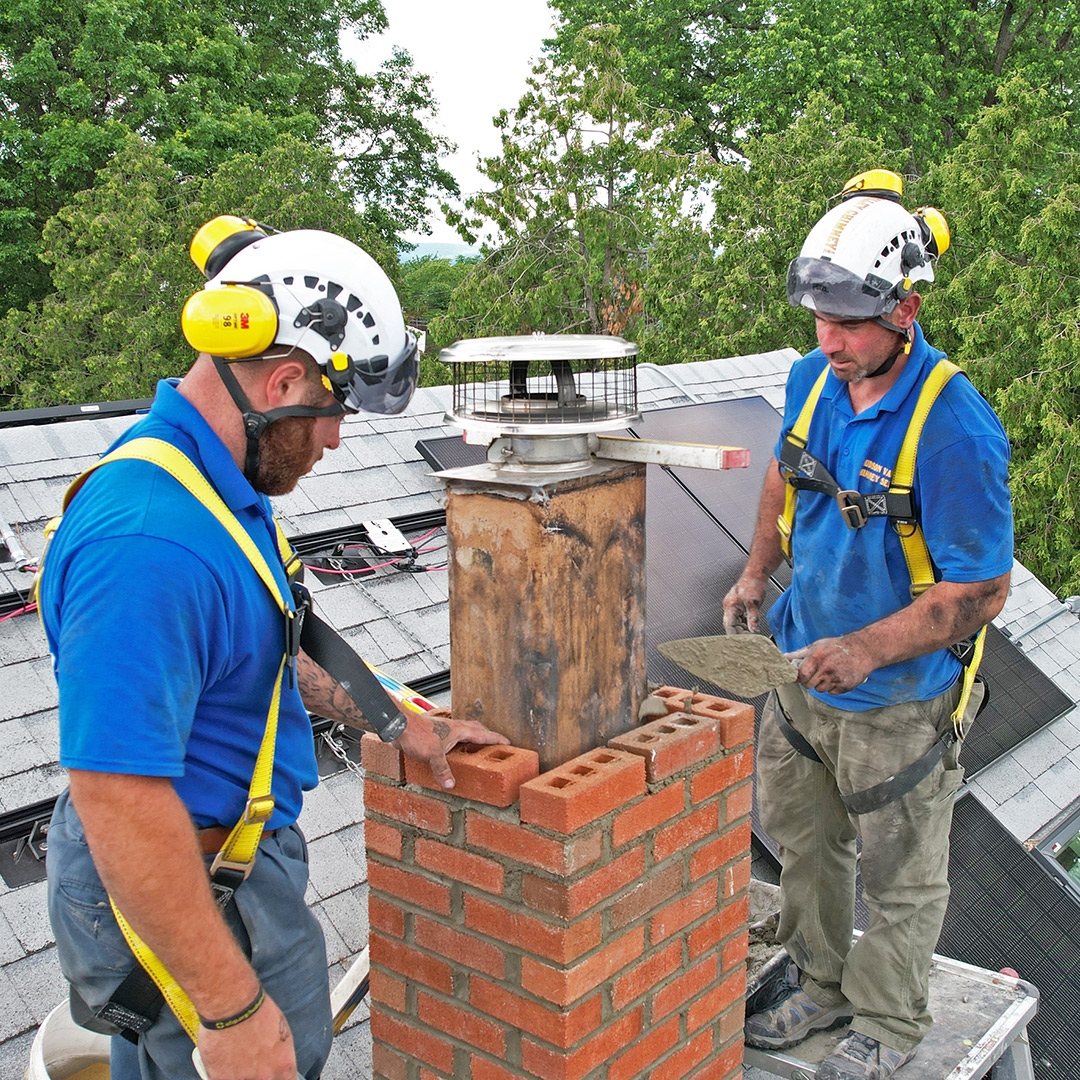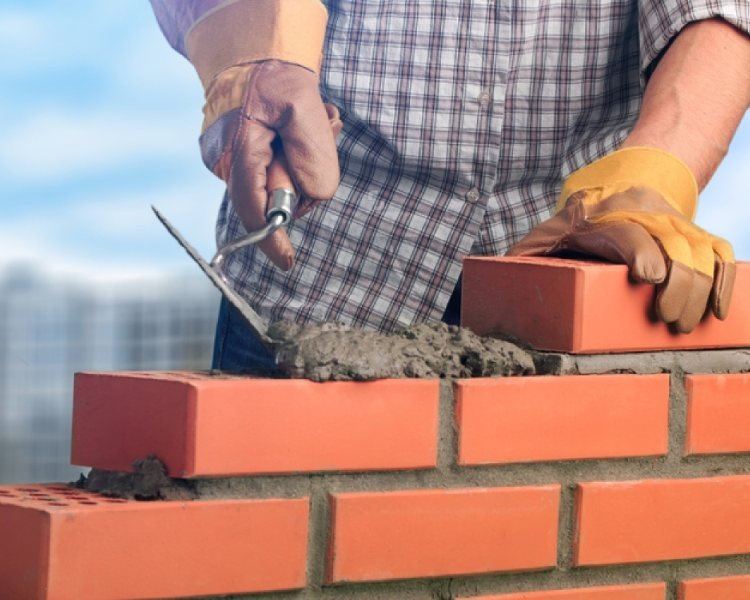Opening the Keys of Lasting Stonework Construction Practices for Eco-Friendly Buildings
Among the myriad methods to environmentally friendly building, lasting stonework building stands out as a time-tested and durable approach that holds a wide range of untapped capacity. From the choice of products to ingenious construction strategies, the keys to accomplishing sustainability within masonry construction are complex and appealing.
Advantages of Lasting Stonework Construction
Accepting lasting stonework building methods not just reduces ecological effect but likewise supplies long-term economic benefits to home builders and areas. By making use of materials like recycled bricks, blocks, and stones, home builders can dramatically decrease the carbon footprint of their projects while promoting resource effectiveness. Furthermore, sustainable masonry building strategies, such as correct insulation and thermal mass residential properties, can boost power performance within structures, bring about reduced functional prices with time.
Furthermore, the toughness and strength of stonework frameworks add to long-lasting financial benefits. Buildings constructed making use of lasting stonework methods usually call for much less repair and maintenance, equating to cost savings for contractors and homeowner. The durability of stonework materials also guarantees that frameworks remain secure and secure, minimizing the requirement for frequent renovations or substitutes.
Eco-Friendly Masonry Products
Utilizing environment-friendly stonework materials is a critical step in the direction of boosting the sustainability of construction methods and lessening ecological impact while optimizing lasting economic benefits. Sustainable masonry materials are sourced, created, and used in a fashion that lowers total ecological influence. Sustainable concrete obstructs integrate recycled aggregates and might include improved insulation buildings, adding to energy effectiveness in structures.
Furthermore, natural products like adobe, rammed earth, and straw bundles provide superb thermal mass residential properties, lowering the need for heating and cooling energy. These products are often in your area offered, advertising regional economic situations and lowering transportation-related carbon emissions. By picking environmentally friendly stonework materials, building and construction jobs can substantially decrease their ecological impact and add to the creation of much healthier, a lot more sustainable constructed atmospheres.
Energy-Efficient Stonework Methods
Power efficiency plays an important role in improving the sustainability of masonry building practices. By implementing energy-efficient stonework strategies, builders can significantly minimize the general power usage of a structure, bring about reduced functional expenses and a smaller ecological footprint. One key energy-efficient check my blog stonework method is the usage of thermal mass, which entails including dense products like concrete or block right into the structure's structure to soak up and save warmth. This aids manage indoor temperature levels, minimizing the need for mechanical heating and cooling systems.

Technologies in Lasting Masonry
Current advancements in lasting stonework methods have caused innovative methods that are reshaping the construction sector. One such technology is the growth of self-healing concrete, which uses bacteria installed within the concrete to heal cracks autonomously. This development not only lowers upkeep costs yet additionally weblink improves the sturdiness of masonry frameworks, adding to their sustainability.
One more noteworthy innovation is making use of recycled aggregates in stonework building - masonry contractor. By incorporating products such as crushed ceramic waste or recycled glass right into concrete mixes, builders can lower the ecological influence of building projects while maintaining structural honesty. This technique not only diverts waste from land fills however additionally saves natural resources, making it a vital improvement in sustainable masonry building and construction
Moreover, the integration of digital layout tools, such as Structure Information Modeling (BIM), is changing the way stonework frameworks are prepared and created. BIM enables more precise calculations, decreased material wastefulness, and enhanced power effectiveness, inevitably causing more lasting structure practices. These developments jointly symbolize an appealing future for lasting stonework building and construction in the period of green structures.
Future Trends in Masonry Sustainability
With the ingenious strides made in lasting stonework techniques, the future trends in masonry sustainability are poised to additional change the construction industry. One of the vital trends shaping the future of masonry sustainability is the enhanced combination of innovation. Innovations such as Structure Information Modeling (BIM) and virtual reality simulations are being used to maximize stonework construction procedures, resulting in minimized product waste and boosted power performance in structures.
In addition, the development of novel lasting products is readied to play a significant role in enhancing the eco-friendliness of masonry construction. masonry contractor. Developments like self-healing concrete, recycled aggregates, and bio-based binders are getting grip for their capability to lessen ecological effect while preserving architectural stability

Conclusion
Finally, sustainable masonry building techniques use various advantages for environment-friendly buildings. By utilizing eco-friendly products and energy-efficient strategies, masonry can add to a more sustainable constructed setting. Advancements in lasting stonework are continuously being developed to additionally improve the environmental performance of structures. Looking in the direction of the future, the fad of stonework sustainability is expected to grow, causing more eco pleasant and energy-efficient building techniques in the years to come.